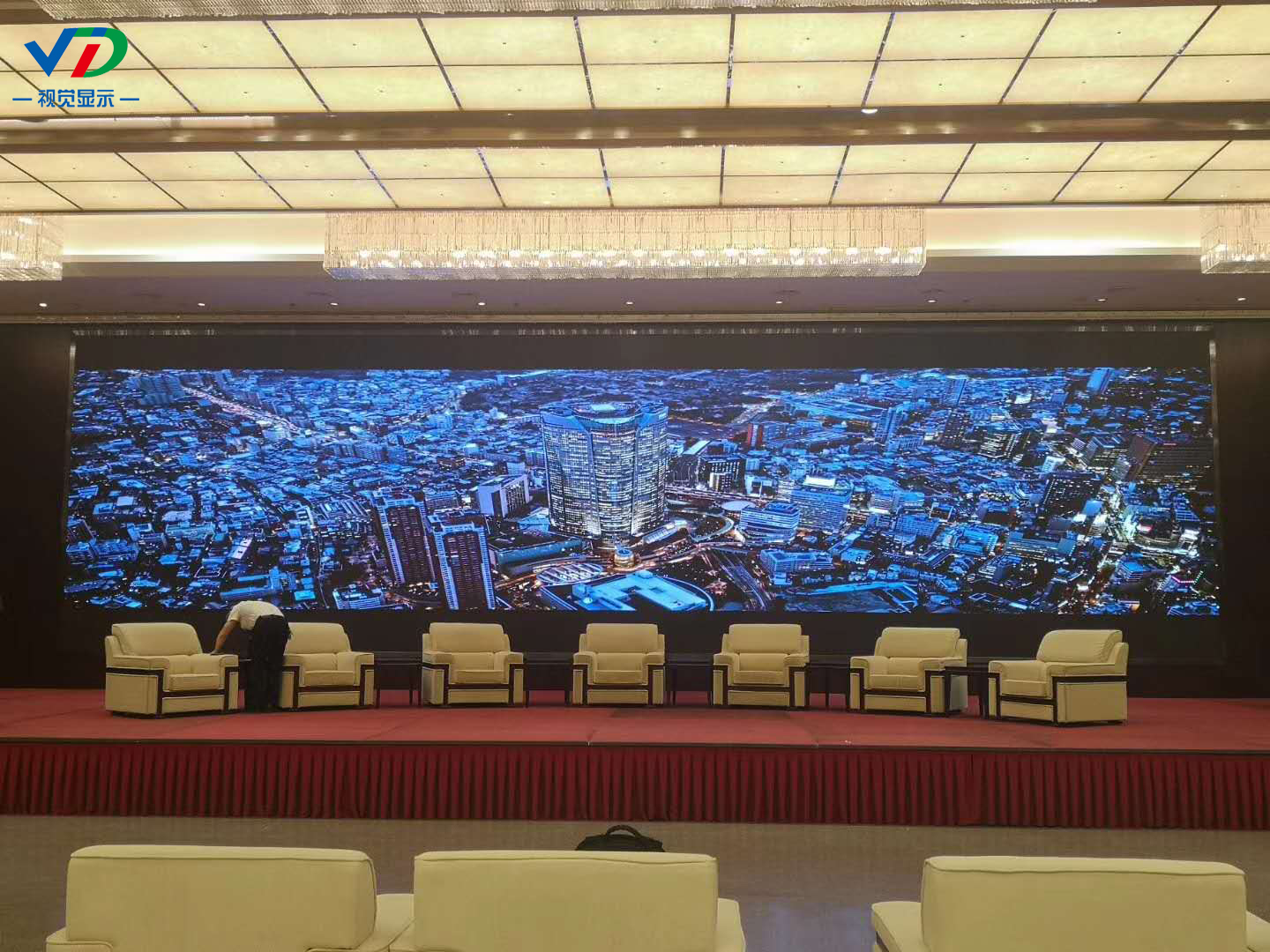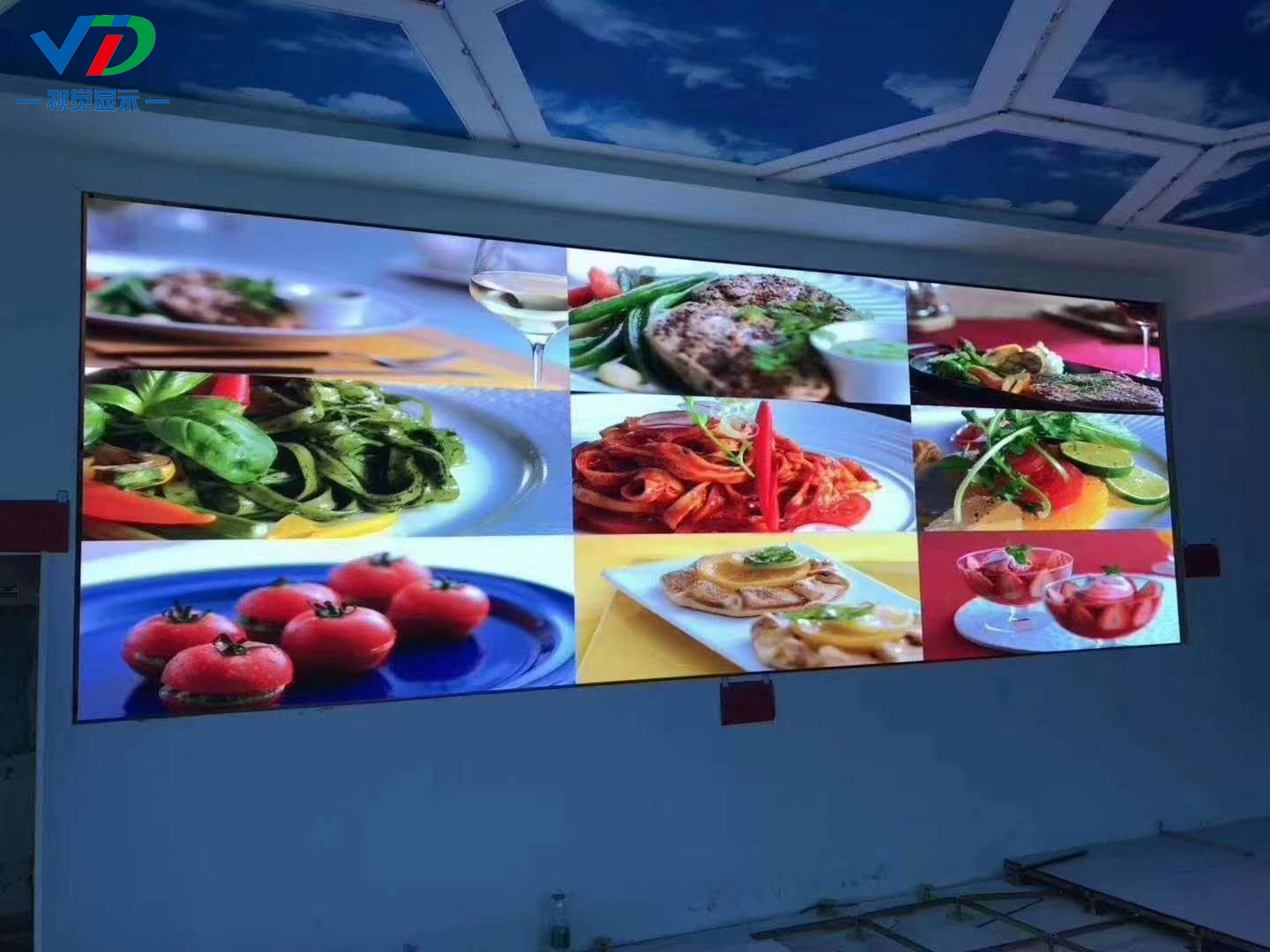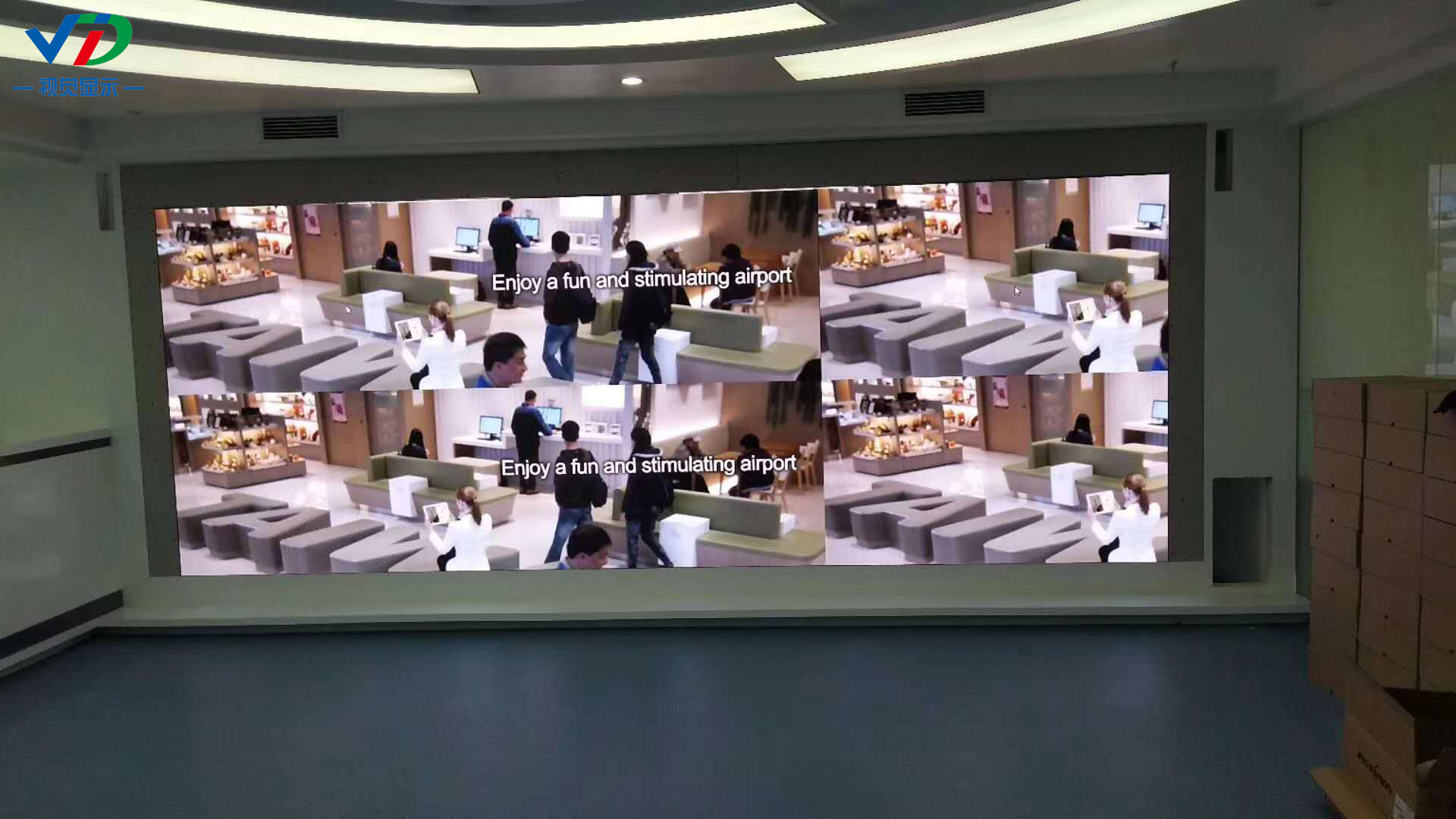With the development of computer technology, the technology of the integrated sound card chip of the computer motherboard has improved. At present, the sound card integrated on the market has developed from 2 channel stereo to 5.1 channel or even 7.1 channel. A few years ago, the "noble" sound card, such as SB Live! 5.1 series of work bag products, can be bought in the computer market for 200 yuan, so that now we can make our 5.1 desktop home theater show DVD blockbuster at a lower cost. sound effect.
DIY principle So what speakers are used with our 5.1 sound card? The high-end 5.1 speaker M20-5.1 produced by Hivi has very good sound quality, but its high price of 2300 yuan is enough for us to buy a high-end graphics card. Domestic 5.1 active speakers with prices ranging from 500 yuan to 1,000 yuan are also a good choice, but like the author, I originally equipped a set of 2.1 speakers to enjoy music. It is not very satisfactory to buy a set of 5.1 speakers for silver. "Economics" principle. In fact, we can completely keep the original set of speakers, and then buy two sets of speakers, you can DIY a set of 5.1 speakers. In this case, even if you buy another SB Live! 5.1 Sound card, the total cost is only four or five hundred yuan, which is quite cost-effective.
We know that the sound card with 5.1 channel output is realized through the three audio output interfaces on the sound card: the "LINE OUT" port is responsible for outputting audio signals to the front speakers, and the "REAL OUT" port is responsible for outputting audio signals to the rear surround The speaker and the "CENTER / BASE" port are responsible for outputting audio signals to the center speaker and subwoofer. 5.1 The front speakers in the speakers should focus on the mid and bass, this is because we need the front speakers to produce a strong shock, and strive to show the strong sense of presence in the DVD blockbuster, so it is best to use wood with a better midrange Speaker. The requirements of the rear surround box can be lower, it focuses on the high-frequency expression, which can play a role in supporting the entire audio environment and icing on the cake. Generally, active speakers with a price of 100-150 yuan on the market can be competent. The center speaker focuses on the performance of the midrange, so that the dialogue of the characters in the film can be truly presented in our ears. Only about 100 active speakers on the market can be used. The woofer needs to be at least 5 inches in diameter, which can make the bass dive deeper and express more power.
Two additional sets of speakers can be selected in two cases. The first case is that you originally have a set of ordinary 2.0 (or 2.1) speakers, and then buy a set of ordinary 2.1 speakers and a set of ordinary 2.0 speakers as surround speakers (or two sets of ordinary speakers 2.0 speakers); the second case is like the author already has a pretty good set of 2.1 speakers as the front speakers and subwoofer, and then buy two sets of ordinary 2.0 speakers as surround speakers and center speakers. However, the second solution requires some changes to the speaker wiring to obtain better sound effects (if the original 2.1 speakers are very common, then directly receive the "CENTER / BASE" interface of the sound card, and buy two sets of ordinary 2.0 speakers , One set is connected to "LINE OUT", one set is connected to "REAL OUT", the change is meaningless).
Line change Our purpose of changing the speaker line is to separate the character voice of the center channel output from the "CENTER / BASE" port of the sound card from the subwoofer signal, and transmit the subwoofer signal to the subwoofer of the original 2.1 speaker. The center channel character dialogue audio signal is transmitted to the center speaker (2.0 speakers), so that we can hear the pure character dialogue in the DVD in the center speaker, and the subwoofer is displayed in the 2.1 speaker subwoofer come out.
Step1 Use scissors to cut the audio signal cable of the center speaker (2.0 speakers) from the middle, and peel off the two signal cables connected to the center speaker. We can see that the two signal cables contain an audio signal cable (yes) Enameled wire) and a ground wire. Connect the audio signal wires of the two signal wires in parallel, as well as the ground wire in parallel (Figure 1). By wiring in this way, the two speakers of the center speaker can sound simultaneously.
Step2 Prepare another audio cable with a 3.5mm audio plug for use as a subwoofer cable (the better 2.1 speaker cable and subwoofer are not integrated), connect it to the audio cable connected to the "LINE OUT" audio signal output port Connect them together to the 2-in-1 audio adapter (Figure 2), and transfer to the 2.1 speaker subwoofer audio input port, and then handle the other end of the subwoofer cable as in step 1.
Step3 Find another cable with a 3.5mm audio plug at one end, strip the two signal cables separately (Figure 3), connect one signal cable to the center speaker cable prepared in step 1, and the other signal Connect the cable to the subwoofer signal cable of the 2.1 speaker prepared in step two. When connecting, pay attention to the audio signal cable connected to the audio signal cable, ground wire and ground wire. At this time, we need to determine which audio signal line the center audio signal and the subwoofer signal are on. Temporarily connect as shown in Figure 3, insert the audio cable plug into the "CENTER / BASE" port of the sound card, play a DVD movie with 5.1 channel audio encoding, pay attention to the sound of the center speaker, and the characters in the play can be normally emitted. The voice of the dialogue is the correct connection, otherwise the exchange of the center speaker cable and the subwoofer cable is exchanged. After the audio cable is connected, separate the audio signal cable and the ground cable with insulating tape or heat shrinkable rubber hose. Be careful not to short-circuit the two. So far, we have completed the transformation of the speaker line, and the speaker can be placed in the next step.
Speaker placement 1. Place the front speakers on both sides of the display according to the left and right channels, 20 to 30 cm away from the display. When placing the speakers, they should be placed sideways in the direction of the display and the speakers facing the listener.
2. Place the 2.0 speakers as the center speakers side by side above the display, with the rear of the speakers slightly raised so that they are slightly tilted down towards the listener. The anti-magnetic performance of your speakers is required to be good, otherwise you need to keep a distance of 30cm from the display to avoid magnetizing the display. The advantage of this placement is that it allows you to accurately feel the dialogue of the characters in front of you.
3. Surround speakers should be equidistantly placed on the left and right back of the listener. The speakers face the listener and can be hung on the wall. If they are far from the wall, they can be raised with a speaker stand or other objects.
4. It is better not to put the subwoofer on the table, but it can be placed on the ground in front of the listener in a random position. It should be noted that the inverted phase hole of the subwoofer should not be close to other objects, otherwise it will affect the bass effect.
5. When placing the front, center, surround speakers and subwoofer, adjust the placement according to your room conditions, so that the monitor, front, surround and center speakers are basically on the same plane, and the speaker spacing should not exceed 2 meters to avoid excessive sound delay. This requires a lot of time to adjust to find the appropriate position, so that the middle and high sounds are naturally clear, the bass is thick and thick, and the listener is in a cross golden listening area.
After everything is adjusted, put a large DVD, let us feel the passionate scene!

Follow WeChat
Interesting and informative information and technical dry goods

Download Audiophile APP
Create your own personal electronic circle

Follow the audiophile class
Lock the latest course activities and technical live broadcast
comment
Publish
related suggestion
DIY UPS ![DIY UPS]()
& n ...
Posted at 2006-04-17 22:51 • 301 views
Make your own composite head ![Make your own composite head]()
The price of composite heads on the general market is easily hundreds of thousands, and they are not used ...
Posted at 2006-04-17 19:45 • 808 views


